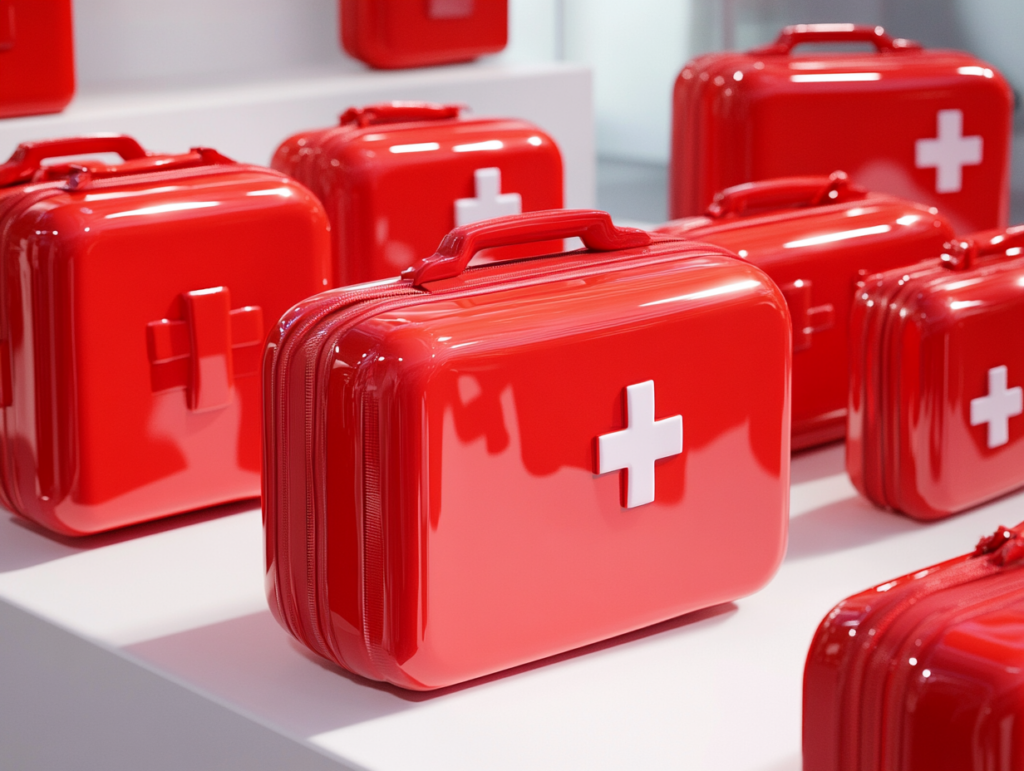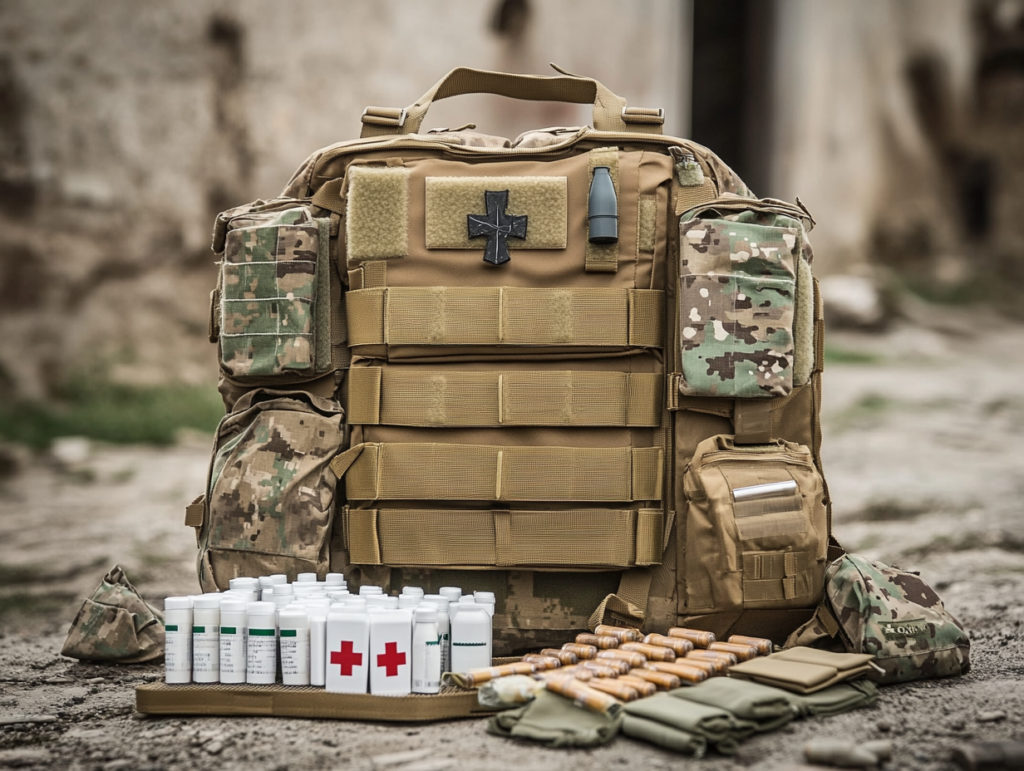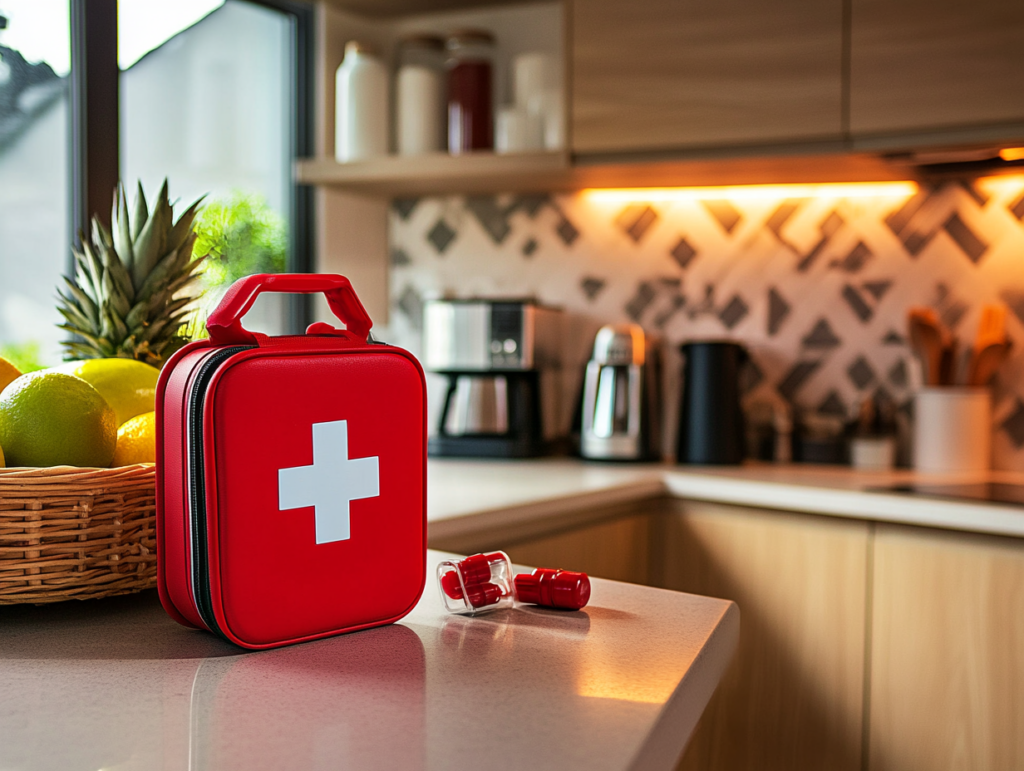Reduction in unit cost
Principle of economies of scale
When purchasing first aid kits in bulk, suppliers can reduce unit costs due to larger order volumes. For example, raw material procurement costs for first aid kits can be lowered when bought in large quantities. If a single kit costs $4.20 initially, with a large – scale purchase, the supplier can negotiate with the raw material supplier to reduce it to $3.50.
In the production process, bulk production allows for more efficient use of the production line. When producing 100 first aid kits at once compared to 1000, the fixed costs like equipment startup and debugging are spread over more units, reducing the unit cost significantly.
Discount on procurement prices
Suppliers offer discounts for bulk purchases. For instance, a first aid kit with a normal selling price of $11.20 may have a 10% discount when the purchase quantity is between 100 – 499, making the unit price $10.08. When the quantity is 500 or more, a 20% discount is given, reducing the unit price to $9.00.
Savings in transportation and logistics
Advantages of centralized transportation
Transporting first aid kits in bulk is more cost – effective. For example, a single kit may cost $1.40 – $2.10 for small parcel express service. But when buying 100 kits in bulk, truckload or less – than – truckload transportation can reduce the cost per kit to $0.42 – $0.70. This is because transportation companies charge based on vehicle cargo volume and distance rather than the number of parcels.
Optimization of inventory management
Cost savings related to reduced purchase frequency
Fewer purchase times mean less cost in terms of time spent on procurement and processing. For example, if a purchaser spends 2 hours on each purchase, and the labor cost per hour is $6.99, buying 10 kits per month will cost $1.40 per kit. But buying 30 kits every three months will reduce the cost per kit to $0.47.
Relatively stable storage costs
Although bulk purchases increase inventory quantity, unit storage costs may not increase significantly. For example, the storage fee for a first aid kit is $0.14 per year. When storing 10 kits, the unit cost is $0.14. With more kits, due to economies of scale, the unit cost may be reduced to $0.11.
Cost – benefit of quality control and after – sales service
More efficient quality control
When buying first aid kits in bulk, it’s easier to conduct unified quality control. For example, instead of inspecting each individual kit, sampling can be done. If the inspection cost for one kit is $2.80, when buying 100 kits in bulk, only 10% (10 kits) are inspected, reducing the cost per kit to $0.28.
Advantages in negotiating after – sales service
Negotiating after – sales service is more favorable when purchasing in bulk. For example, suppliers can be asked to extend the product warranty period and provide free training services, which would be costly if purchased separately but can be included in the bulk purchase contract at no extra cost.


